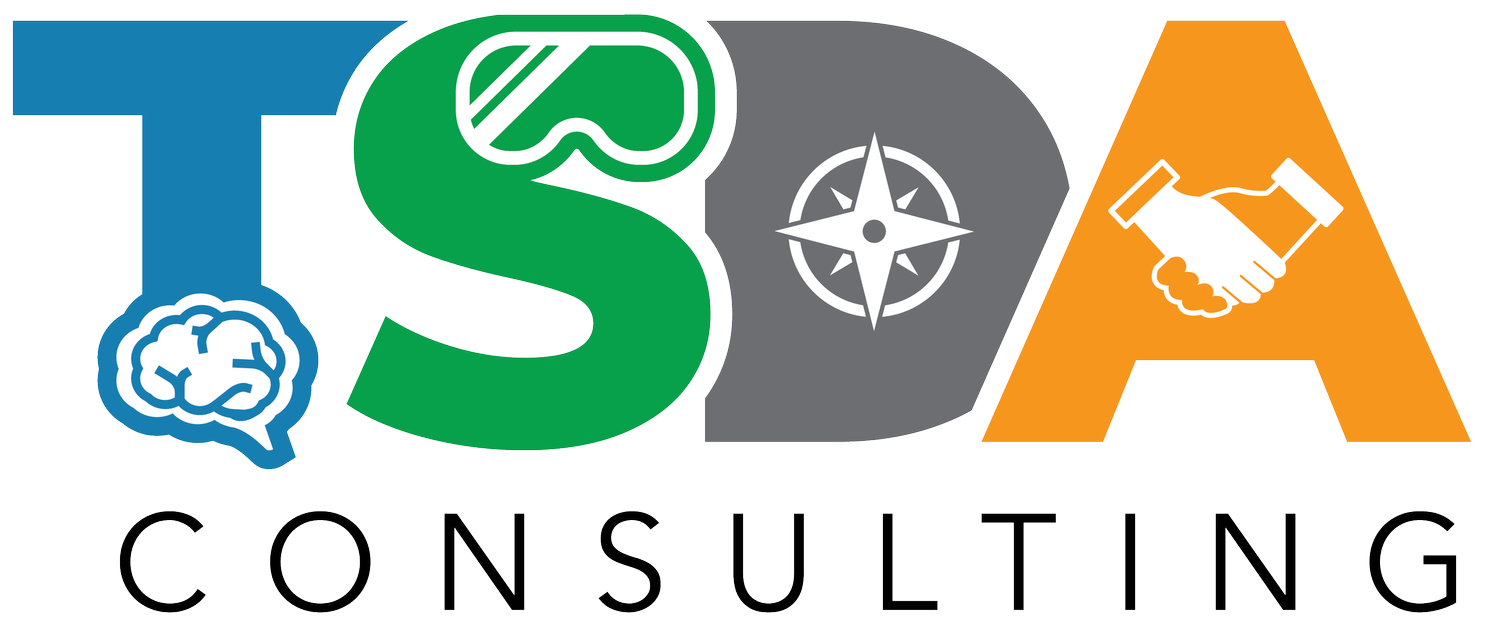Leading by Example: Why Workplace Leaders Should Prioritize Safety
Whether working on a construction site or sitting at a desk all day, safety should always be the top priority in any workplace. As an employee, feeling safe and secure while on the job is essential for productivity and well-being. However, it's not up to the employees to maintain a safe work environment - leaders play a crucial role in setting the tone and example for their team.
As leaders and influencers, we are responsible for prioritizing our team's safety. In today's work environment, getting caught up in productivity and forgetting about this crucial aspect is easy. But making sure that everyone is safe should be our top priority. Not only does it protect our workforce from accidents and injuries, but it also creates a positive culture where people feel valued and protected.
When it comes to safety in the workplace, leaders need to set the tone for their employees. A safe workplace is productive; by prioritizing safety, leaders can ensure that their employees can do their jobs without fear of injury. There are many benefits to prioritizing safety in the workplace. First and foremost, it is simply the right thing to do. Every employee has a right to feel safe while at work, and by ensuring that the workplace is safe, leaders can help to create a more positive work environment for everyone. Employees who feel safe can focus on their work and are less likely to be distracted by hazards.
There are many ways to promote safety excellence as a workplace leader. One way is to ensure that all employees have the necessary training and resources to do their jobs safely. This includes providing adequate PPE and ensuring employees are aware of hazards in their work area. Another way to promote safety excellence is to encourage employees to report unsafe conditions or behaviors. By doing so, leaders can address potential hazards before they cause injury or illness.
When it comes to addressing concerns, workplace leaders need to prioritize safety. This means taking the time to listen to employees and understand their concerns. It also means creating a safe and supportive environment where employees feel comfortable speaking up. When something is said about safety, there should be a definitive and urgent action that comes from that conversation. Leaders should encourage employees to speak up about safety concerns by creating an open and inclusive culture. They should also make sure that employees know how to report safety concerns without fear of retaliation. Leaders should ensure that safety concerns aare addressed promptly and effectively.
